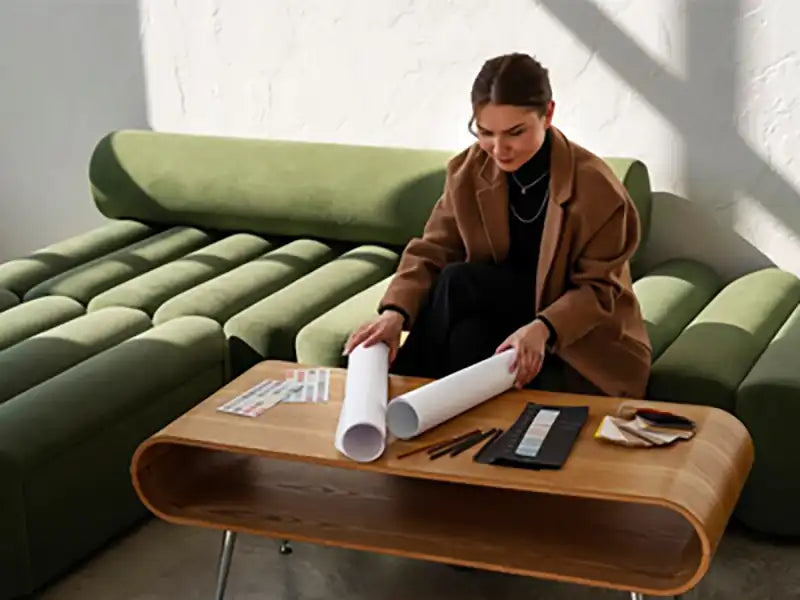Console Table vs. Side Table – Deciphering the Differences
Every piece of furniture plays a crucial role in shaping the aesthetics and functionality of a space. Two often-confused pieces, the console table and the side table, may look similar at first glance, but they serve vastly different purposes and can transform a room in distinctive ways.
Let's embark on a journey to uncover the subtle yet significant differences between these two furniture marvels.
Size Matters:
- Console hallway Table: Console tables are typically larger and longer than side tables. Their primary purpose is to fill empty wall spaces or hallways, making a statement with their presence. They can span from 28 to 36 inches in height and often reach 60 inches or more in length.
- Side and Coffee Table: Side tables, on the other hand, are more petite and designed to accompany seating. They are usually shorter, ranging from 18 to 24 inches in height, and are often square or rectangular in shape. Side tables are intended for placing drinks, books, or small decor items within arm's reach.
Functionality:
- Console Table: Console tables excel in serving as versatile display surfaces. They can be adorned with artwork, framed photographs, or decorative vases, adding a touch of elegance to an otherwise underutilized area. Some console tables also feature storage options like drawers or shelves.
- Side Table: Side tables are all about practicality. Placed beside a sofa or armchair, they offer a convenient spot for your coffee, snacks, or a good book. With their compact size, they are perfect for holding essentials within easy reach.
Placement:
- Console Table: Console tables are often positioned against a wall, behind a sofa, or in hallways. They create focal points and can be used to define spaces in open floor plans. Their versatile nature allows them to grace entryways, making for a stylish welcome.
- Side Table: Side tables are intimately associated with seating arrangements. You'll find them nestled beside sofas, chairs, or beds, offering functionality without overwhelming the room.
Style and Design:
- Console Table: Console tables often feature intricate designs, with decorative elements like carved legs or ornate detailing. They are available in a wide range of styles, from classic to contemporary, allowing you to find one that complements your decor.
- Side Table: Side tables come in diverse styles too, but their design is usually more understated and functional. They can be minimalistic, blending seamlessly into the existing decor.
In essence, while console tables and side tables may share some aesthetic similarities, their size, purpose, and placement within a room set them apart. Console tables command attention and add elegance to expansive spaces, whereas side tables enhance the comfort and functionality of seating areas. By understanding these distinctions, you can make informed choices when selecting furniture for your home, ensuring that every piece serves its unique purpose in your design puzzle.






